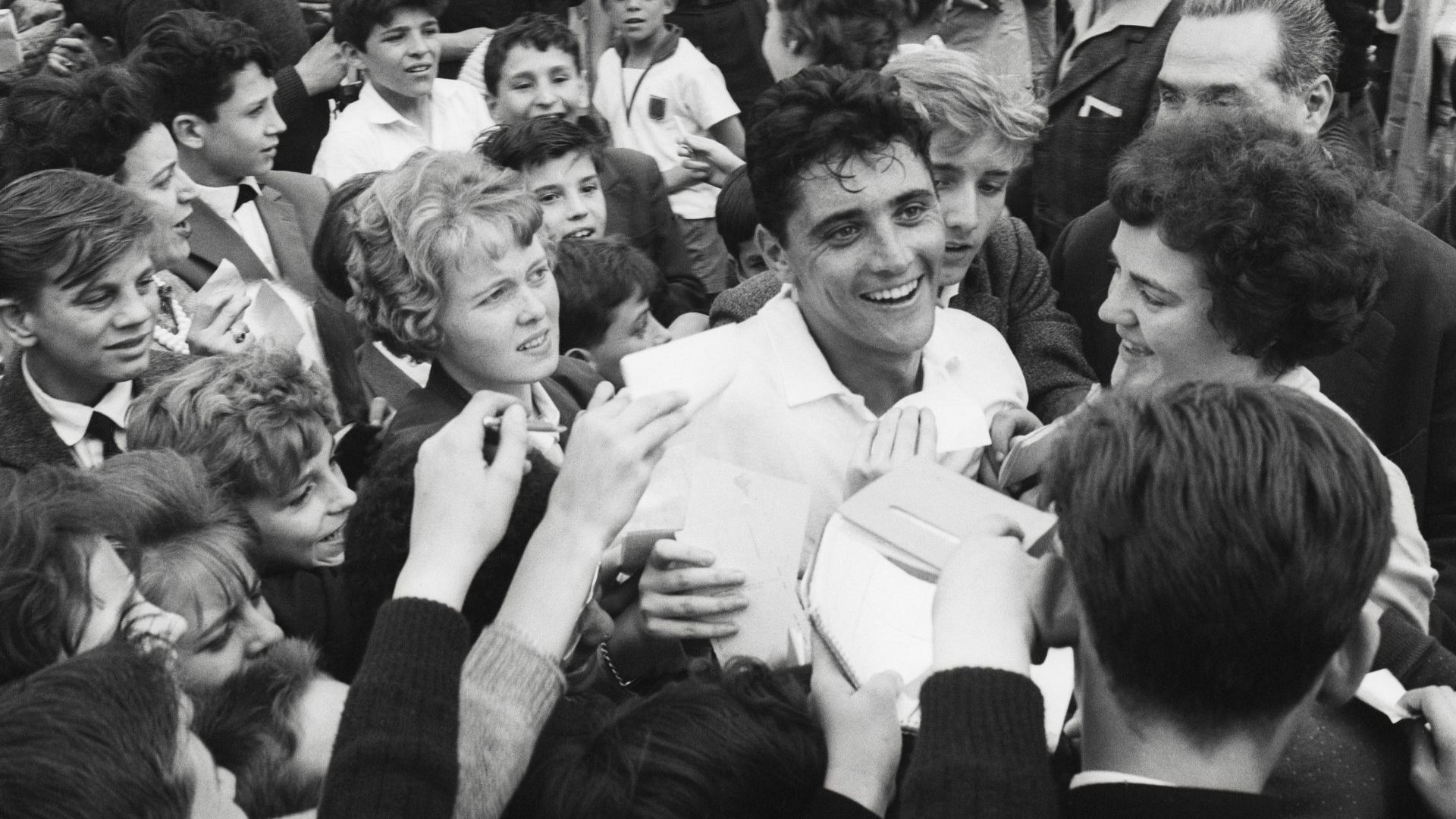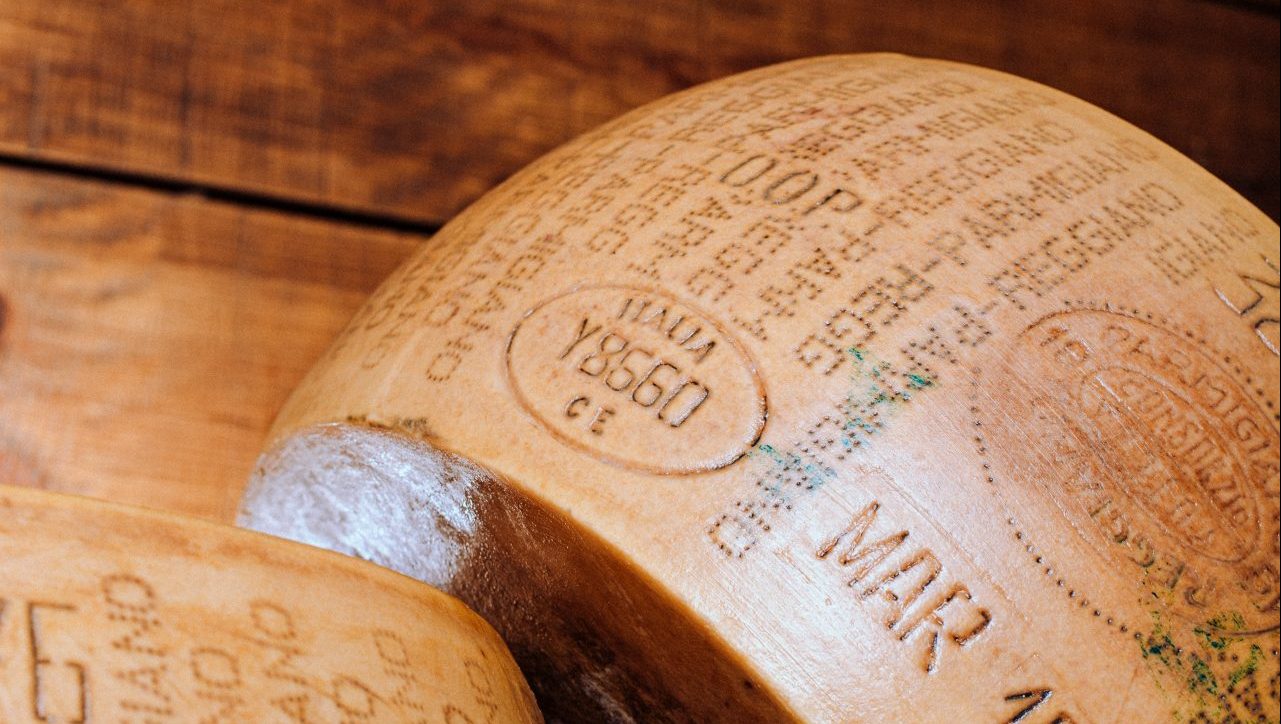Sacha Distel lived many lives. In the UK, Distel – who would have been 90 years old this weekend – was the crooner with the dazzling smile and bags of boyish charm whose appearance to an audience of millions on the first Morecambe and Wise Christmas Special in 1969 marked the beginning of a long British career. But in France he had already had at least two careers by then and, nearly 20 years after his death, he is now enjoying an afterlife through his music.
When British singer-songwriter Peter Sarstedt mentioned Distel in the same
breath as European icons like Marlene Dietrich and Picasso in his faux continental pop single Where Do You Go To (My Lovely), which reached No 1 in early 1969, Distel was yet to have a UK hit. His rendition of Raindrops Keep Fallin’ on My Head would become his first and only chart success in Britain,
reaching No 10 a few weeks after he had performed it on Morecambe and
Wise and just after BJ Thomas’s version topped the US charts.
But while Distel didn’t shift records in Britain, he became firmly installed as a household name via television in this, the golden age of the TV variety show. Appearances on the TV vehicles of Des O’Connor, Cilla Black, Jimmy Tarbuck, Bernie Winters, Ronnie Corbett and Tommy Cooper as well as the Royal Variety Performance culminated in Distel hosting Seaside Special and his own eponymous show on British TV.
In fact, Distel was already a veteran host in France, his Sacha Show having
run for nearly a decade from 1963, as well as being an actor on TV and
cinema. But the difference was that for the British Distel provided the
exoticism of a French Riviera tan and a certain continental flair amid the pasty faces and end-of-the-pier humour of British variety. Representing the British brand Mandate aftershave, he fully exploited his image as a Ferrari-driving ladies’ man, “sophisticated, long-lasting and very sexy”, as he put it – ostensibly of the aftershave – in a 1979 TV ad.
While in Britain Distel relied on a stereotyped Gallic masculinity, he was a more multifaceted figure in France. He had music in the blood. He was the
nephew of popular French bandleader Ray Ventura, who arranged for the
young Sacha to have guitar lessons, and when he took him to see Dizzy Gillespie play in Paris in 1948, the 15-year-old Distel was entranced. By the age of 20 he was an in-demand jazz guitarist in the hottest clubs of St-Germain-des-Pres. He also appeared on recordings, including American jazz musician Lionel Hampton’s New French Sound (1955) and the classic Afternoon in Paris (1957) with US pianist John Lewis.
But when a brief romance with Brigitte Bardot became fodder for the French gossip mags in 1958, Distel took on a new mantle – a star of a new age of
celebrity. A career in pop came knocking and the serious musician of the past seemed left far behind. He played on his vicarious fame for all it was worth, releasing a song titled simply Brigitte, about a coquettish woman with a “jolie tête blonde”. The following year he namechecked Bardot alongside that other French sex symbol Juliette Gréco, whom he had accompanied as a guitarist and also had a relationship with, in his song Personnalités.
While Distel’s big breakthrough came with his hit Scoubidou in 1959, the very
year the yé-yé movement saw the idea of the teenager arrive in France, he
would go on to embrace classic rather than new sounds. His La belle vie was typical of this. Sticking to the silky-smoothness of the traditional pop and
jazz idiom while rock’n’roll was exploding around him, Distel wrote the song in 1962 and, as The Good Life, it would become a major hit for Tony Bennett the following year.
La belle vie is one of several of Distel’s songs currently being rediscovered, and another chapter to his story is playing out posthumously. Distel’s original version of the song recently appeared on French television in an
Orange mobile advert, as well as a rather cinematic ad for the Savoie Mont
Blanc tourist board. Meanwhile, a vocally impressive cover by The Divine
Comedy’s Neil Hannon has soundtracked a high production-value ad for Magnum ice creams, and Distel’s achingly kitsch pop bossa nova Ting-Toung (1963) also appeared on British screens in a Royal Mail and an Adidas ad as well as in a scene in Killing Eve.
When Le Figaro reported on the Distel revival late last year, it declared him “in sync with the times”, and it seems that, whether it is his more whimsical material or the lush sophistication of songs like La belle vie, Sacha Distel remains a link to a more light-hearted and glamorous time.
SACHA DISTEL in five songs
Afternoon in Paris (1957)
Distel’s first career as a jazz guitarist is glimpsed through this track recorded
with John Lewis, musical director of the Modern Jazz Quartet, an offshoot
of Dizzy Gillespie’s big band.
Scoubidou (1959)
Distel was 26 when he released this frothy swing number, which in its original English form had been a hit for Peggy Lee. It launched his career
in France as a popular singer.
La belle vie (1963)
Forty years after the song was a hit for Tony Bennett, a duet version with
Dionne Warwick featured on Distel’s final album, But Beautiful (2003), released the year before he died.
Allez donc vous faire bronzer (1968)
This bubblegum pop effort appeared in an episode of Sex Education in 2021. Embrasse-moi quand même (1965) and Je crois qu’on s’aime (1973) also appeared in Netflix’s fantasy drama The Bastard Son & The Devil Himself last year.
Le soleil de ma vie (1973)
This duet with Brigitte Bardot, a cover of the Stevie Wonder song, came 15
years after the pair had a brief romance that thrust Distel into the limelight.




